BRANDED CONTENT
Hybrid systems, EV innovations and safety features: How tomorrow’s cars will be engineered
Technological advancements are driving the auto industry toward a smarter, more efficient and eco-friendly future
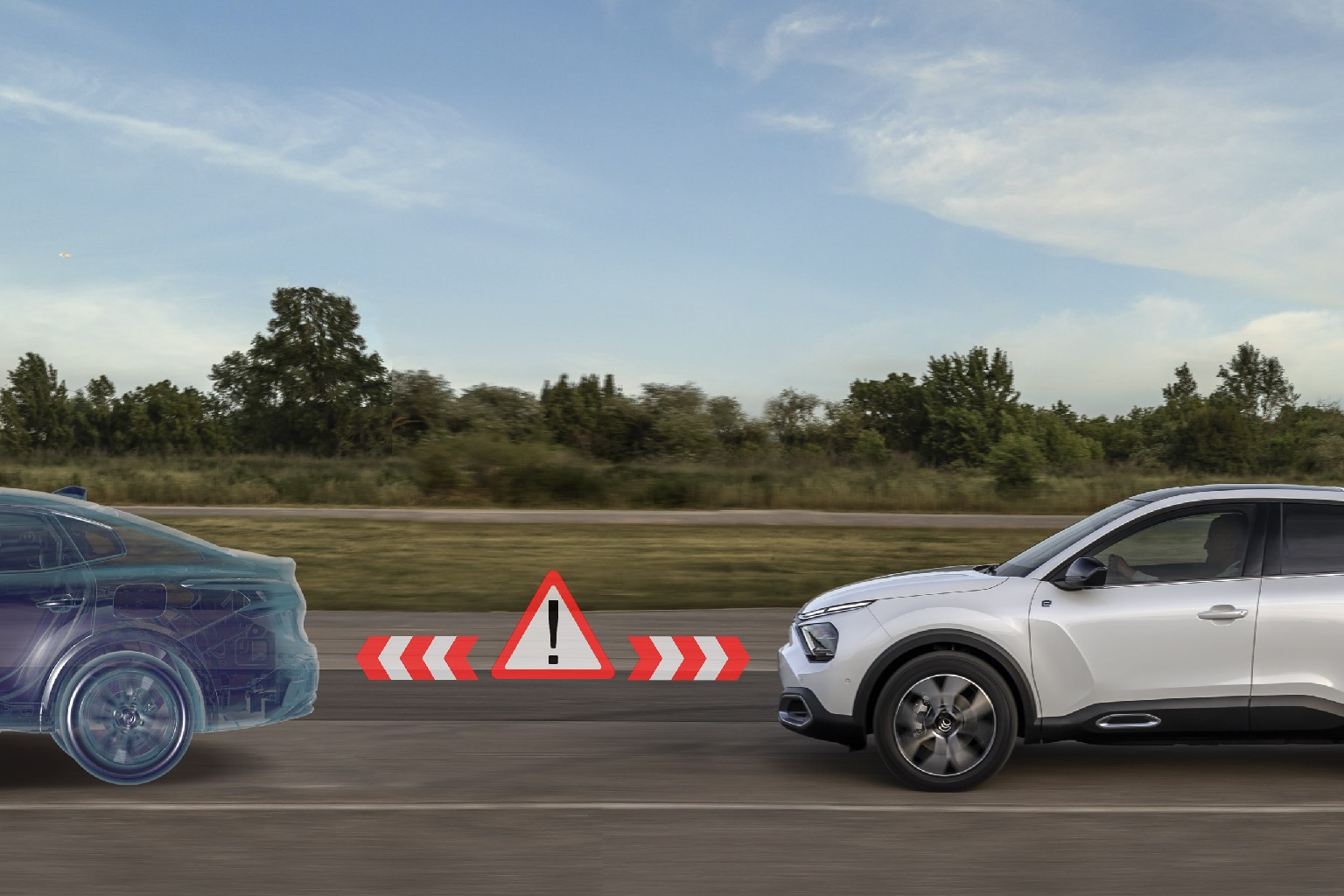
Enhanced Advanced Driver Assistance Systems, such as automatic emergency braking, are revolutionising safety, using sensors to warn drivers and prevent collisions. PHOTO: CITROEN
Follow topic:
Cars that park themselves, communicate with infrastructure, and even support the national power grid, are quickly moving from concept to reality in the automotive industry.
A pilot project launched in November 2023 is exploring how electric vehicle (EV) batteries can return energy to the national grid during peak periods. This vehicle-to-grid (V2G) technology shows how EVs might soon go beyond mere transportation.
Many cars now offer advanced connectivity options. For instance, thanks to seamless smartphone integration to in-car Wi-Fi hot spots, drivers can receive real-time traffic updates and predictive route planning. Voice assistants like Mercedes-Benz’s MBUX and BMW’s iDrive can control in-car functions through simple voice commands.
Safety features further underscore this rapid evolution of the automotive industry. Advanced driver assistance systems (ADAS) in many new cars include automatic emergency braking and adaptive cruise control with stop-and-go functionality.
These changes have transformed the driving experience across all vehicle types as the auto industry launches more efficient, connected and eco-friendly rides – whether internal combustion engine (ICE), hybrid or electric.
Technological advancements, such as improvements in battery technology and electric drivetrains, are extending the electric range of plug-in hybrid EVs (PHEVs) and enhancing their overall performance.
PHEVs run on ICE as well as an electric motor and battery. Its battery needs to be charged but once it runs out, the engine kicks in and it operates like an ICE car again.
Many automakers, including Mercedes-Benz, BMW and Volvo, are also adopting 48-volt mild hybrid systems, which provide an extra power boost during acceleration and improve fuel efficiency by allowing engine-off coasting.
Full hybrid systems are similar but the electric motor can power the vehicle on its own for short distances, which significantly reduces fuel consumption and carbon emissions. Brands such as Toyota, Honda and Hyundai have developed and implemented advanced full hybrid systems.
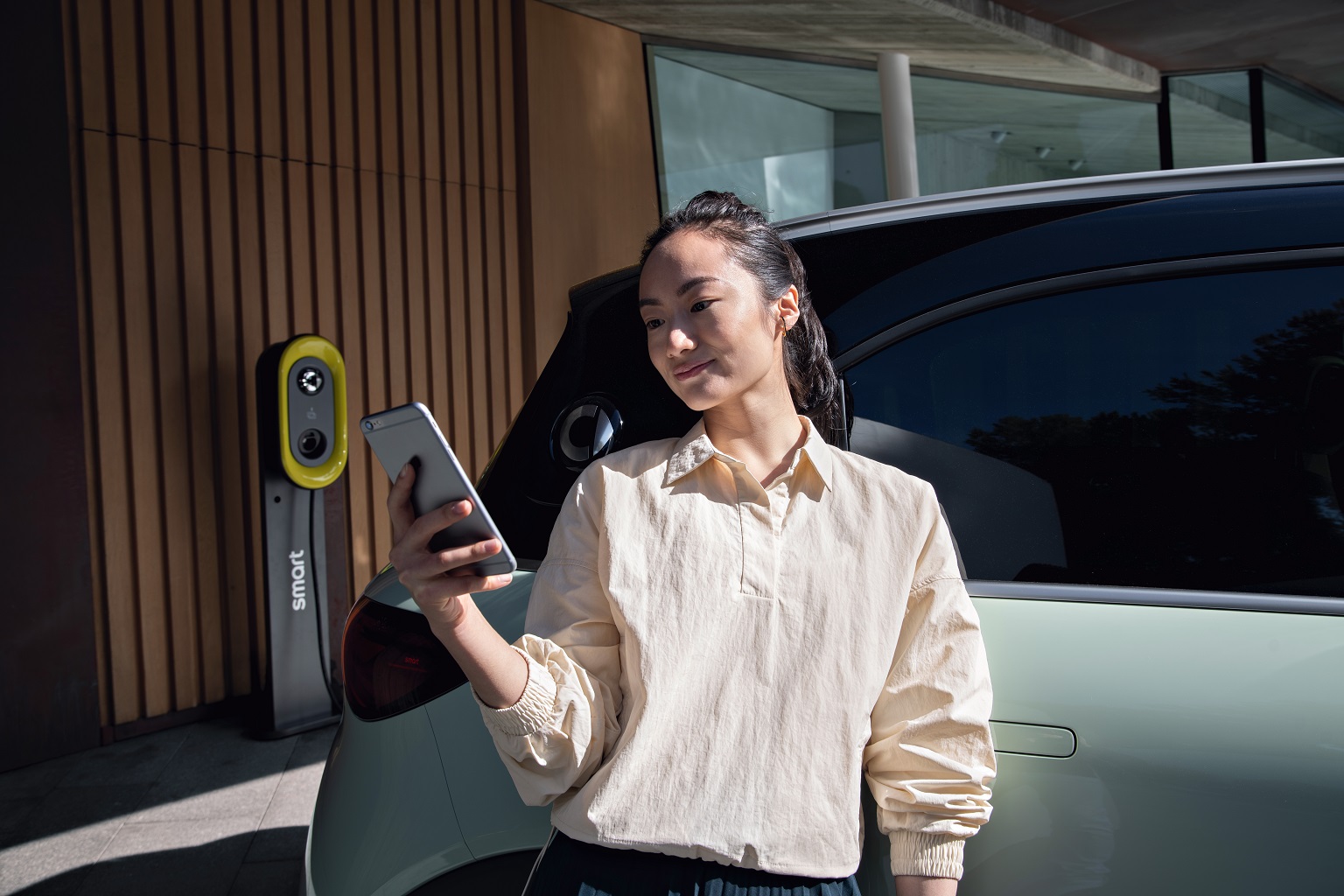
Advanced technologies are transforming cars into smart, connected and eco-friendly machines. PHOTO: SMART
Safety technology continues to go beyond basic ADAS features. The use of 360-degree cameras and parking assist systems like Mercedes’ Parktronic or BMW’s Parking Assistant, for instance, makes parking in tight spaces effortless.
These systems guide drivers into parking spots or take over completely, using sensors to detect obstacles and ensure precision.
Understanding V2X: What is vehicle-to-everything technology
One of the most promising recent automotive innovations is vehicle-to-everything (V2X) technology, which enables vehicles to communicate with infrastructure, the grid and other cars. V2X technology includes the likes of vehicle-to-infrastructure, vehicle-to-device (V2D) and V2G technologies.
The V2X technology is still in its infancy globally, with V2D the most common. Some automakers offer smartphone apps that allow drivers to remotely control vehicle functions like locking or unlocking and starting the car. On the connectivity front, technology has also evolved tremendously.
Platforms like Mercedes-Benz’s MBUX and BMW’s iDrive now offer much more than just navigation and audio to include personalised settings and advanced infotainment features.
Car manufacturers today also offer over-the-air updates, which allow vehicles to receive software upgrades remotely, similar to how smartphones are updated. This means features like navigation systems, safety protocols and even engine performance can be enhanced without the need for a dealership visit.
The rapid development of battery technology is also transforming the EV landscape, enhancing range, safety and overall sustainability.
Take the growing use of lithium-iron-phosphate (LFP) batteries. Their lower cost, improved thermal stability and longer lifespan make them ideal for mass market EVs.
BYD’s signature Blade Battery, used in its Atto 3 and Seal models, is one stellar example. Known for its safety and efficiency, it enhances thermal stability and reduces the risk of fires, while also improving energy density.
Battery recycling and second-life applications are also gaining traction as automakers such as BMW explore ways to recycle valuable materials like lithium and nickel from used batteries.
In terms of convenience, fast-charging technologies have made significant strides, too, with 800V charging systems now enabling much quicker charging speeds.
Technological innovations are shaping the future of driving. Whether you are behind the wheel of an ICE, a hybrid or an electric ride, innovation is making your car more powerful, efficient and convenient.
Redefined driving experience at The Car Expo
At The Car Expo, tech-laden options abound – an accurate representation of the current state of the motor industry. With the advanced innovations packed beneath their sleek designs, here are a select few that will catch your eye.
Omoda E5
Equipped with a comprehensive suite of 15 ADAS features, the Omoda E5 enhances both safety and convenience.
Key among them is emergency lane keeping, which helps prevent unintended lane deviation by gently steering the vehicle back to its lane if the system detects the car drifting without signalling.
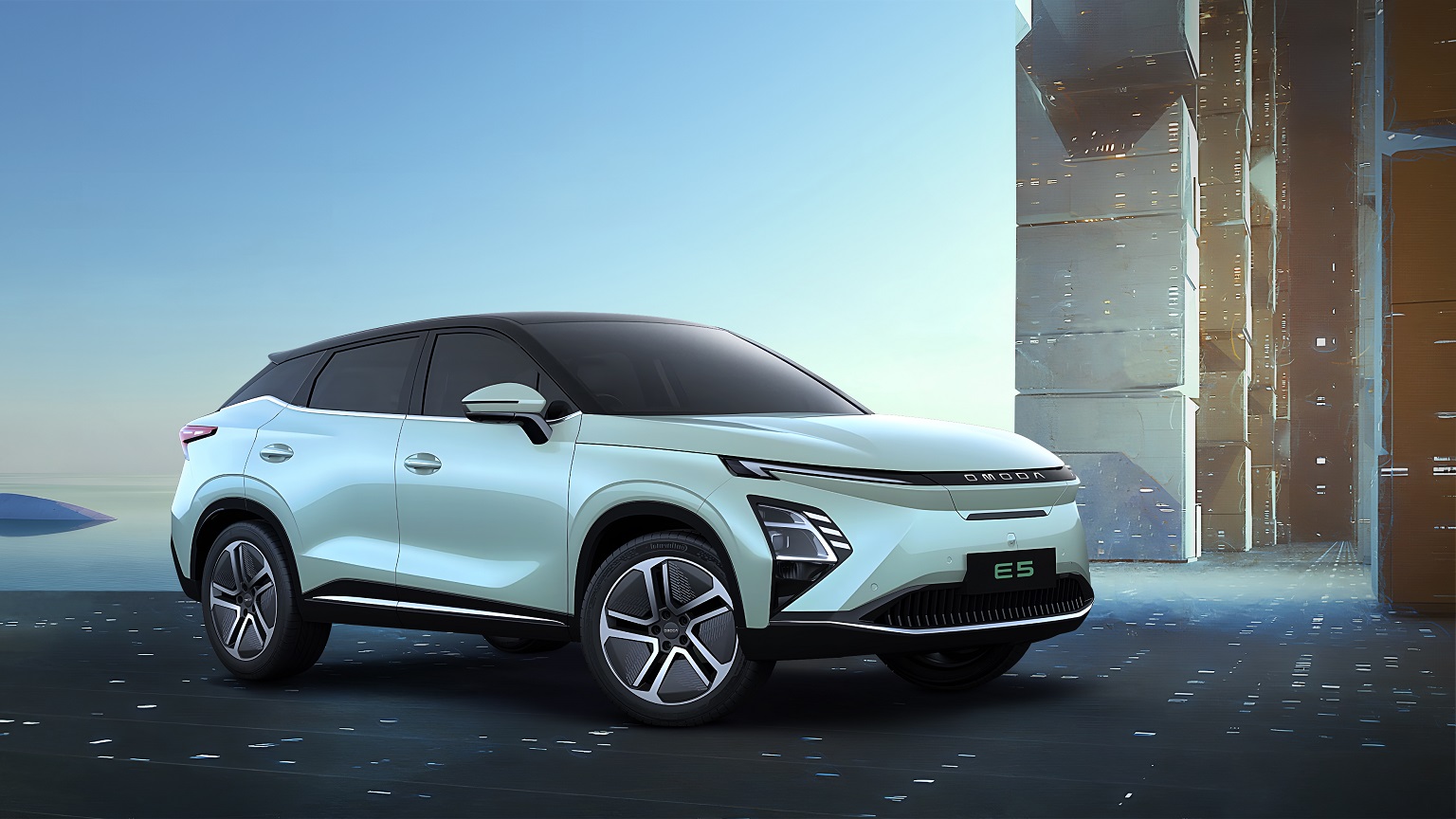
Traffic jam assist combines adaptive cruise control with lane-keeping features. It helps the car maintain a safe distance from the car in front and helps steer the vehicle within its lane, reducing driver fatigue during long commutes in congested areas.
Front collision warning alerts drivers to potential forward collisions. If a risk is detected, the system issues visual and auditory warnings, giving the driver time to react.
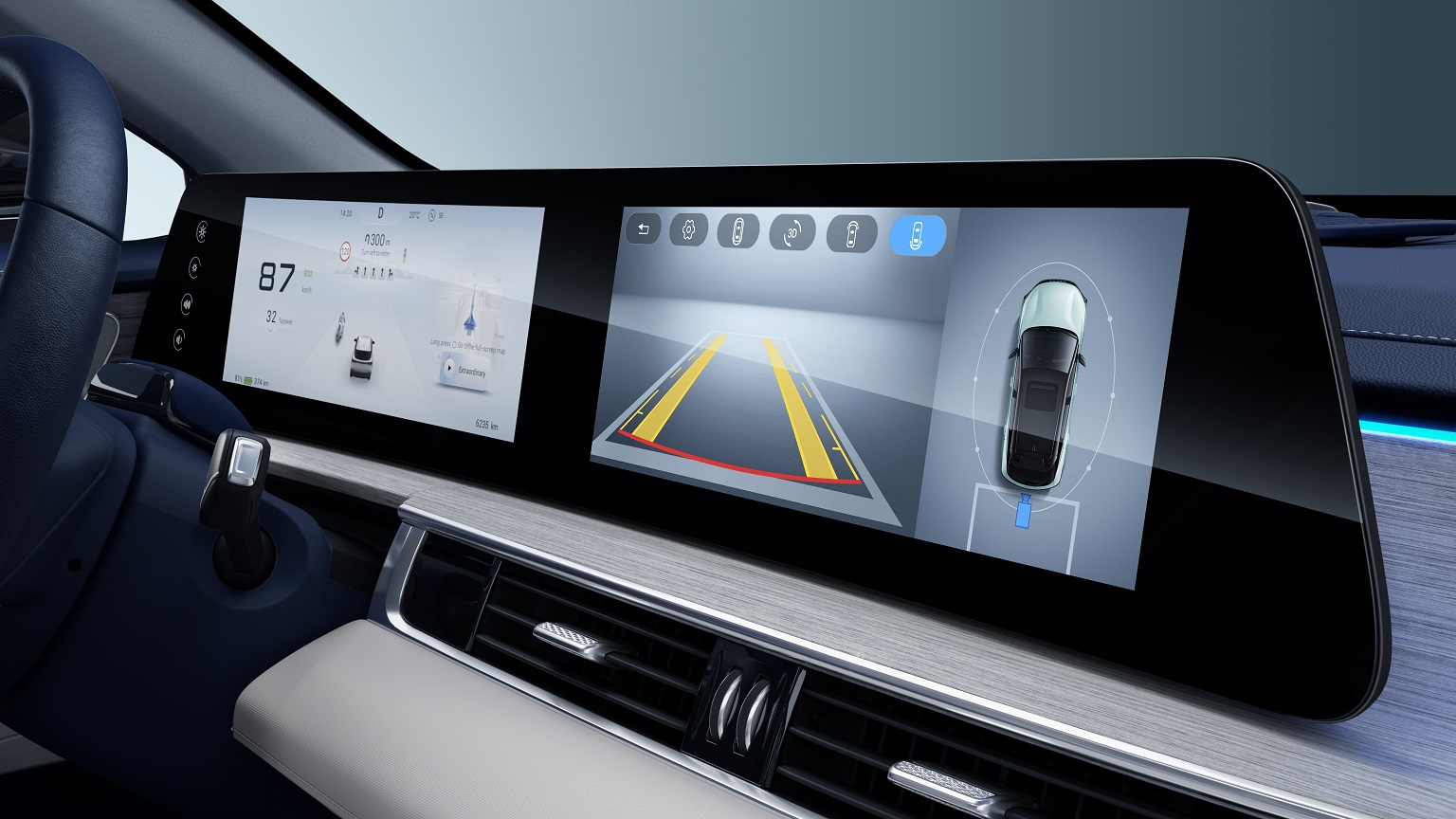
Additionally, the Omoda E5’s vehicle-to-load capability allows the car to supply up to 3.3kW of power to external devices such as camping equipment or small appliances. This transforms the car into a portable energy source, further enhancing its versatility.
Powered by a 61 kWh BYD Blade Battery, it delivers up to 430km of WLTP (Worldwide Harmonised Light Vehicle Test Procedure) range. It also supports 80kW DC fast charging, enabling the battery to go from 30 per cent to 80 per cent in about 28 minutes.
Xpeng G6
At the heart of the design of the Xpeng G6 coupe sport utility vehicle (SUV) is the proprietary smart electric platform architecture 2.0, which enables 800V ultra-fast charging.
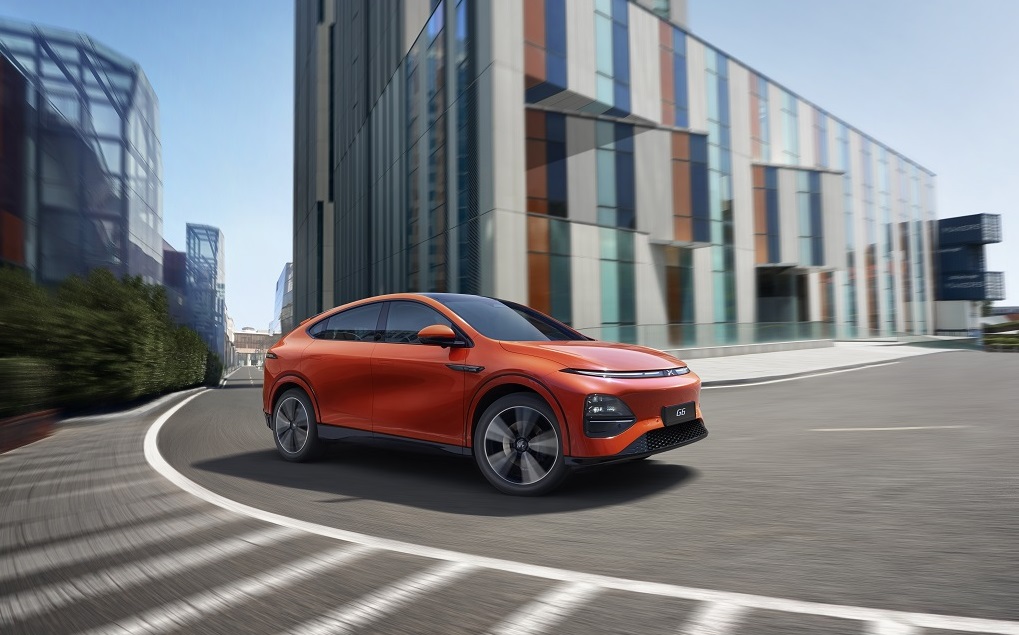
Using a fast-charging station with a capacity of up to 215kW, the standard-range battery charges from 10 per cent to 80 per cent in under 20 minutes and can offer up to 435km of range. The long-range variant charges just as quickly, with a charging capacity of 280kW and extends the range to 570km.
Complementing the platform is Xpilot, the Chinese automaker’s in-house ADAS. One highlight is autonomous parking – after confirming a parking spot with a button press, the G6 will automatically manoeuvre into the space without requiring any further input.
Another key feature is remote parking assist (RPA). Using the Xpeng app, the driver can control the car remotely. The RPA system handles steering, acceleration, braking and gear-shifting to park the G6 effortlessly, even without high-definition map coverage.
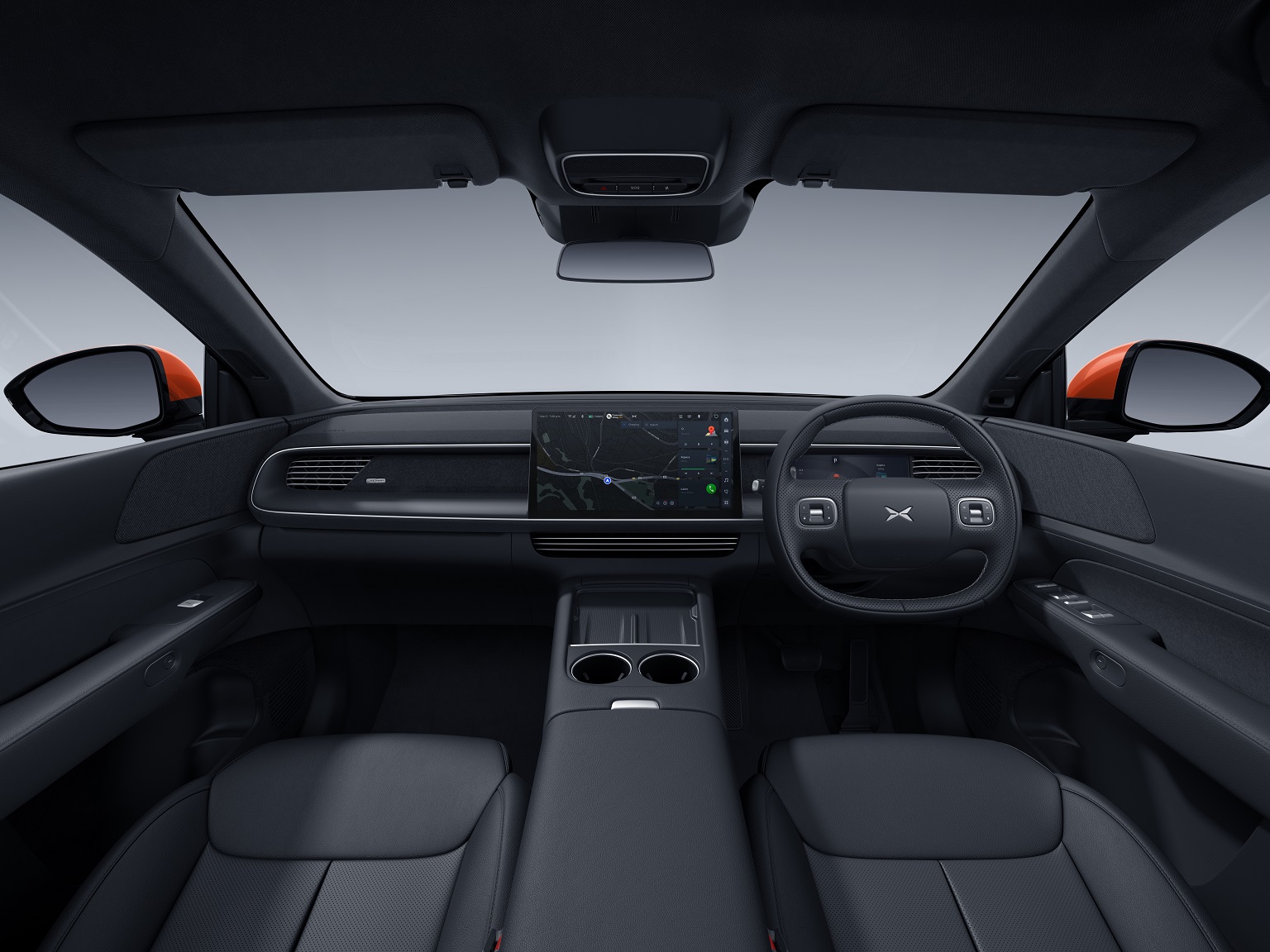
Also part of the proprietary technology is the Xmart OS. Powered by a Qualcomm Snapdragon 8155 processor, this system integrates advanced infotainment and supports over-the-air updates, allowing continuous software improvements without the need for service visits.
BMW i4
The cutting-edge tech in the BMW i4 Gran Coupe EV is designed for driver convenience and safety. With a 67.1kWh battery, it boasts up to 483km on a single charge. Experience the thrill of going from 0kmh to 100kmh in just six seconds.
Its latest BMW Intelligent Personal Assistant outshines similar voice-control systems in other creations. It understands natural, multi-language commands, offers visual feedback, and controls everything from climate to navigation.
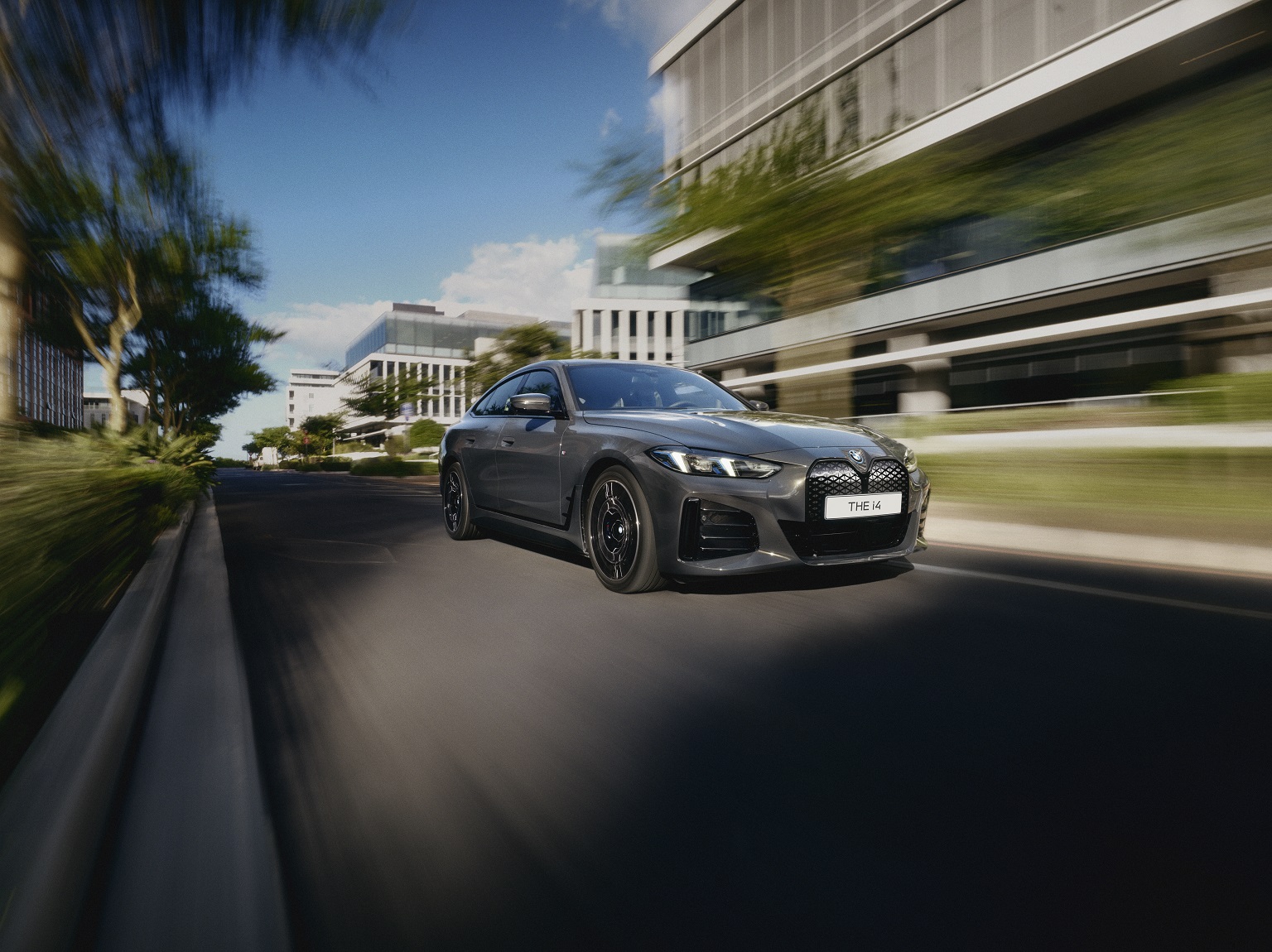
It can even provide real-time updates on battery levels, tyre pressure and servicing needs, as well as adjust seat settings or ambient lighting.
Another highlight is BMW Maps, which offers charging-optimised route planning. This is particularly useful for EV drivers as it calculates real-time traffic, suggests optimal charging stops and integrates seamlessly with other BMW features.
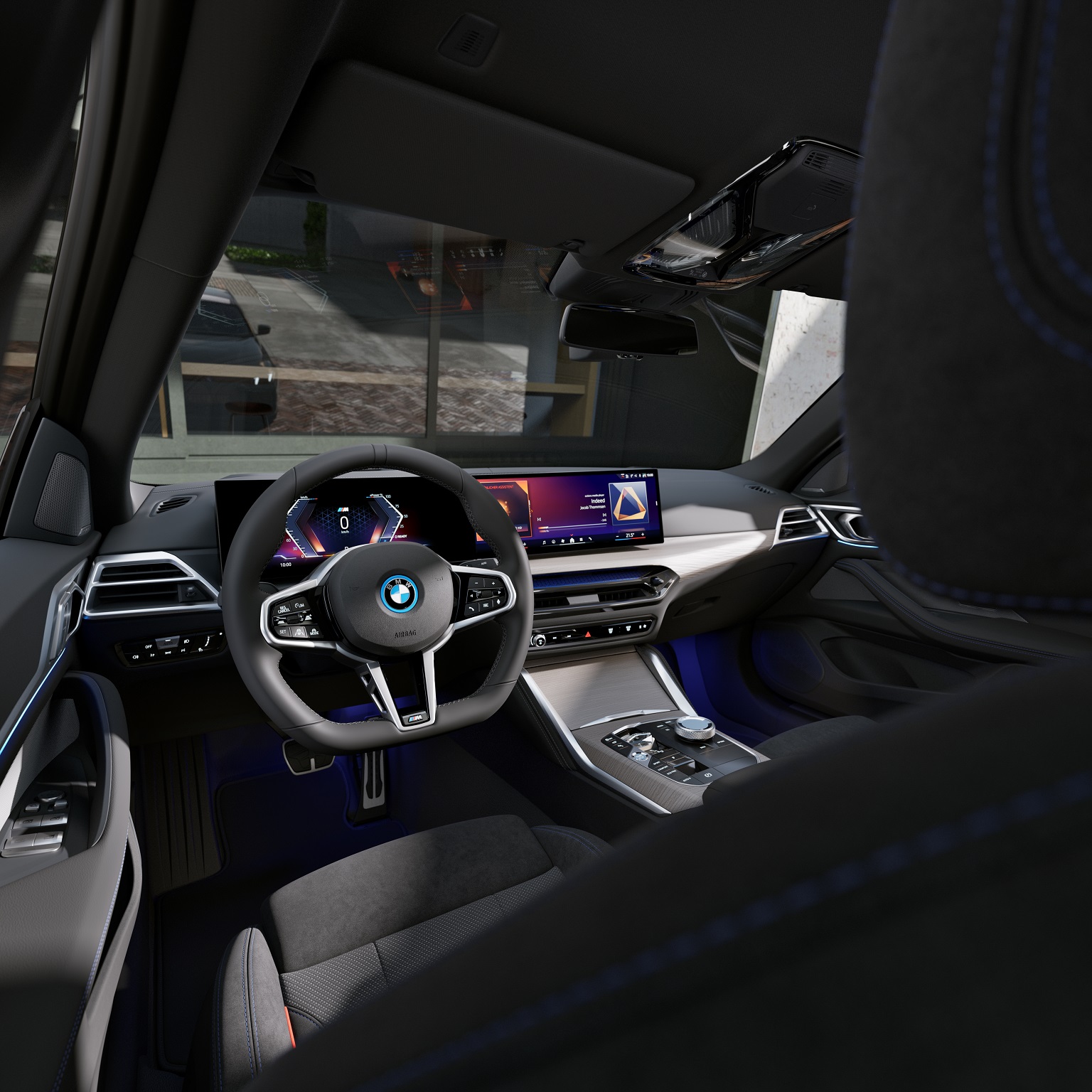
Trip planning is also a cinch as the driver can send destinations directly from the app to the car's navigation system.
GAC Aion Y Plus
In the mass EV market, the GAC Aion Y Plus premium SUV stands out by offering luxury-like features at a competitive price. It comes with a large 14.6-inch touchscreen display and Apple CarPlay, ensuring seamless smartphone connectivity, complemented by a 10.25-inch digital instrument cluster to keep drivers informed.
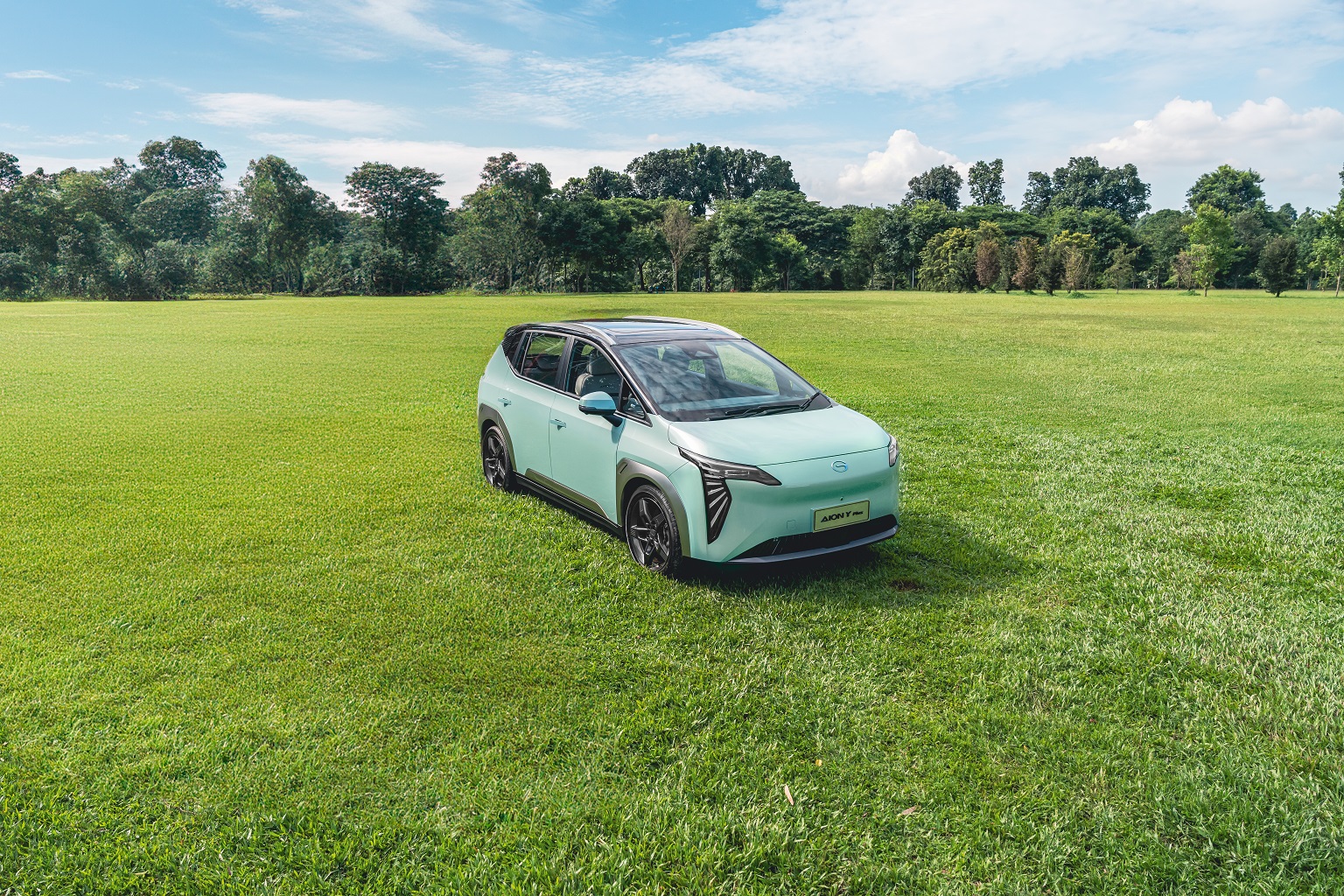
Safety is a priority, with ADAS features like adaptive cruise control with stop-and-go and autonomous emergency braking.
Parking is made effortless with the 360-degree view monitor for the Y Plus Elite and 540-degree view monitor for the Y Plus Premium which provide full visibility around the vehicle, ensuring ease and precision during tight manoeuvres. This is particularly useful in urban environments, where space can be limited.
Inside, the cabin’s premium feel is enhanced by the 32-colour ambient lighting system, which lets drivers set the mood by selecting from a wide range of colours. For a more dynamic experience, the system can sync with the car’s audio, adjusting lighting based on the music's rhythm, creating an immersive atmosphere that elevates the driving experience.
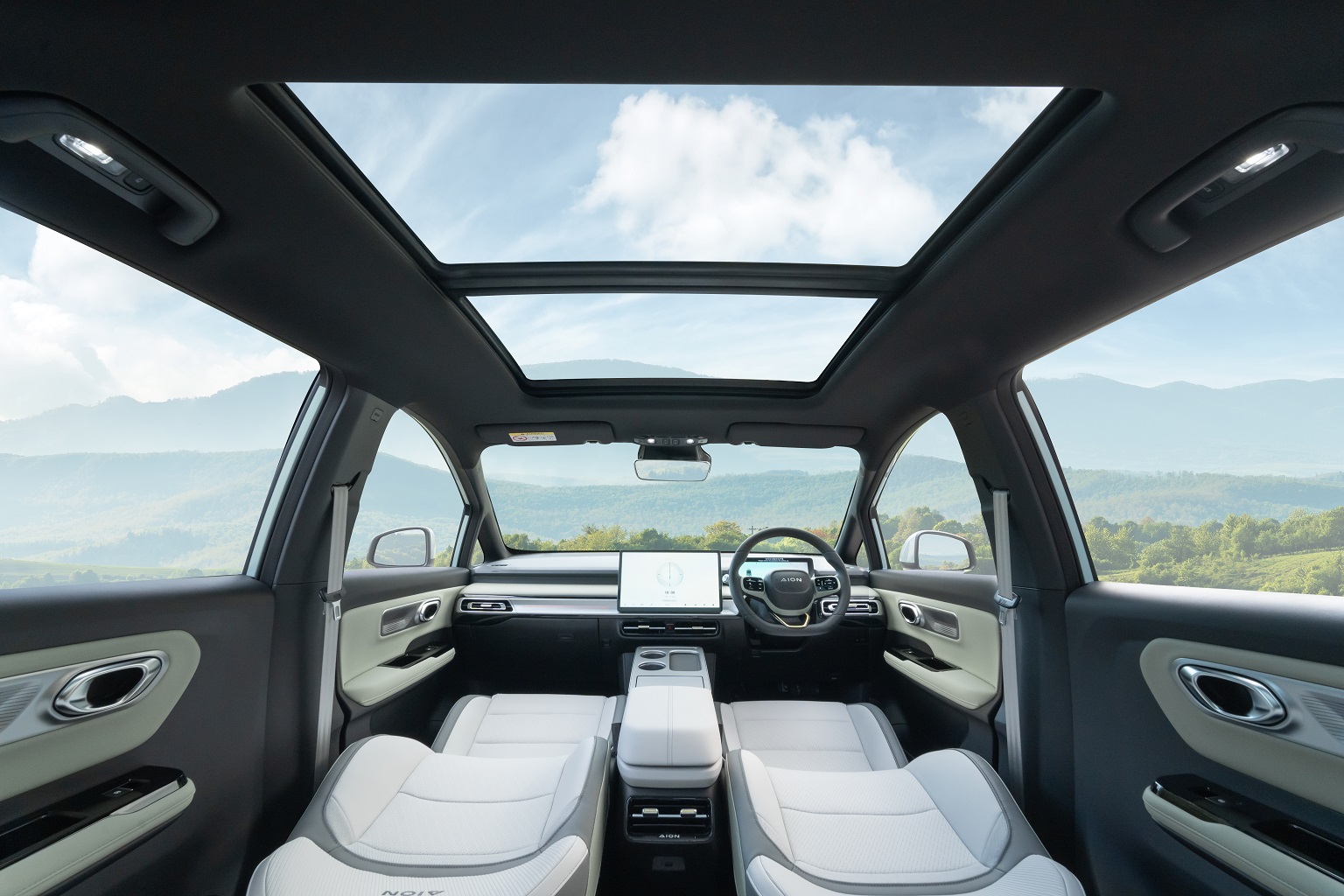
Additionally, the Magazine Battery 2.0, part of the advanced GAC Aion Electric Platform 2.0, offers higher energy density, improving both range and safety. Integrated into the car’s structure, this battery technology not only boosts performance, but also enhances crash protection, ensuring both efficiency and peace of mind for drivers.
Smart #1
Now available in Singapore in both Pro+ and Brabus variants, the Smart #1 may be small in stature but is jam-packed with technological features.
Its digital experience is anchored by a 12.8-inch infotainment touchscreen, offering a sleek interface with crisp visuals. Integrated with wireless Apple CarPlay and Android Auto, the system provides seamless access to apps, navigation and messaging, ensuring effortless connectivity.
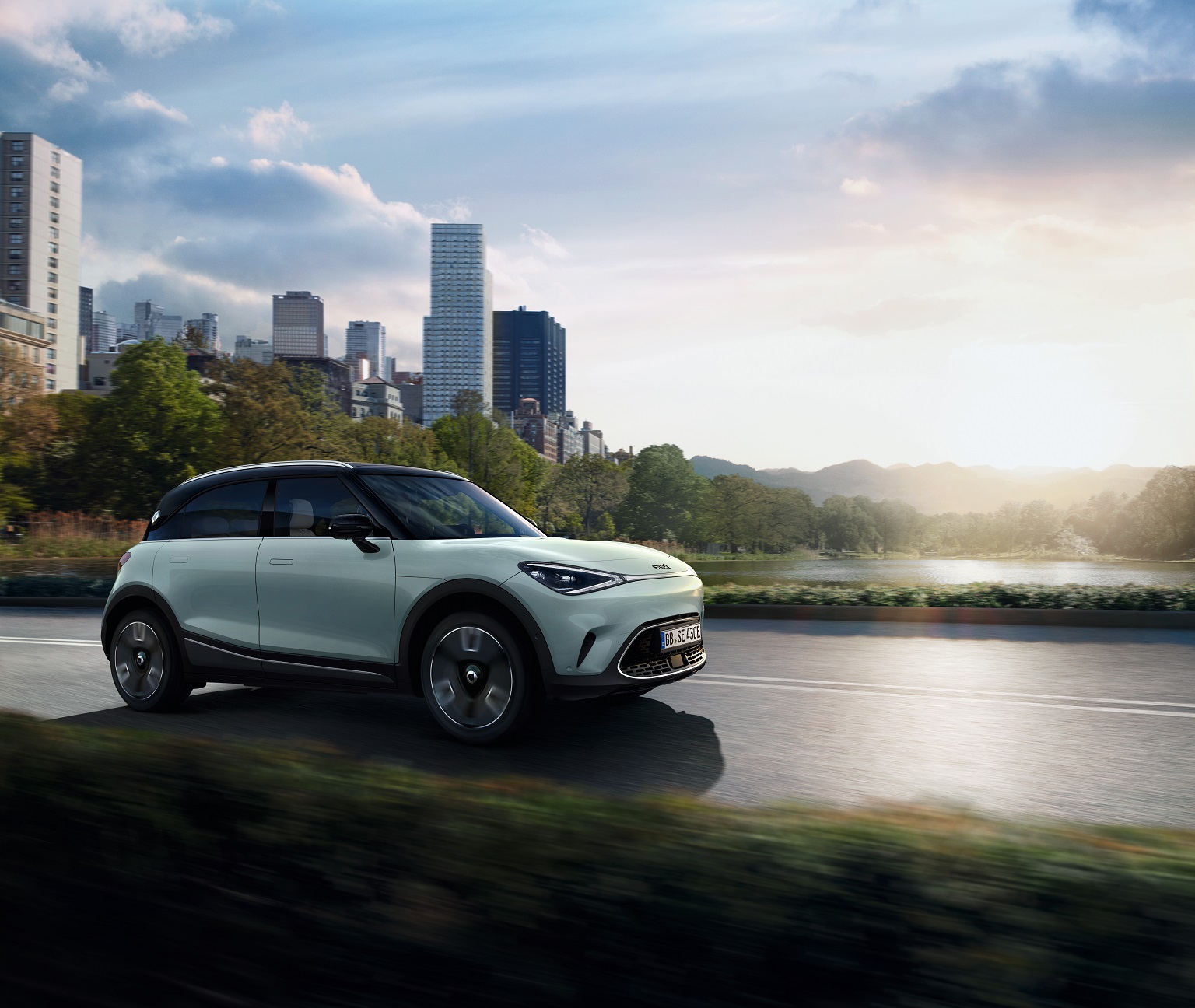
The compact EV also features a proprietary AI-powered voice assistant, activated by voice or an animated fox avatar, allowing drivers to control navigation and entertainment hands-free. Regular over-the-air (OTA) updates keep the Smart #1 current without requiring service visits.
The car also includes a Smart Air feature, an air purification system that monitors and filters out harmful particles to ensure a clean and healthy cabin environment. It monitors air quality in real time and can adjust automatically to maintain optimal conditions.
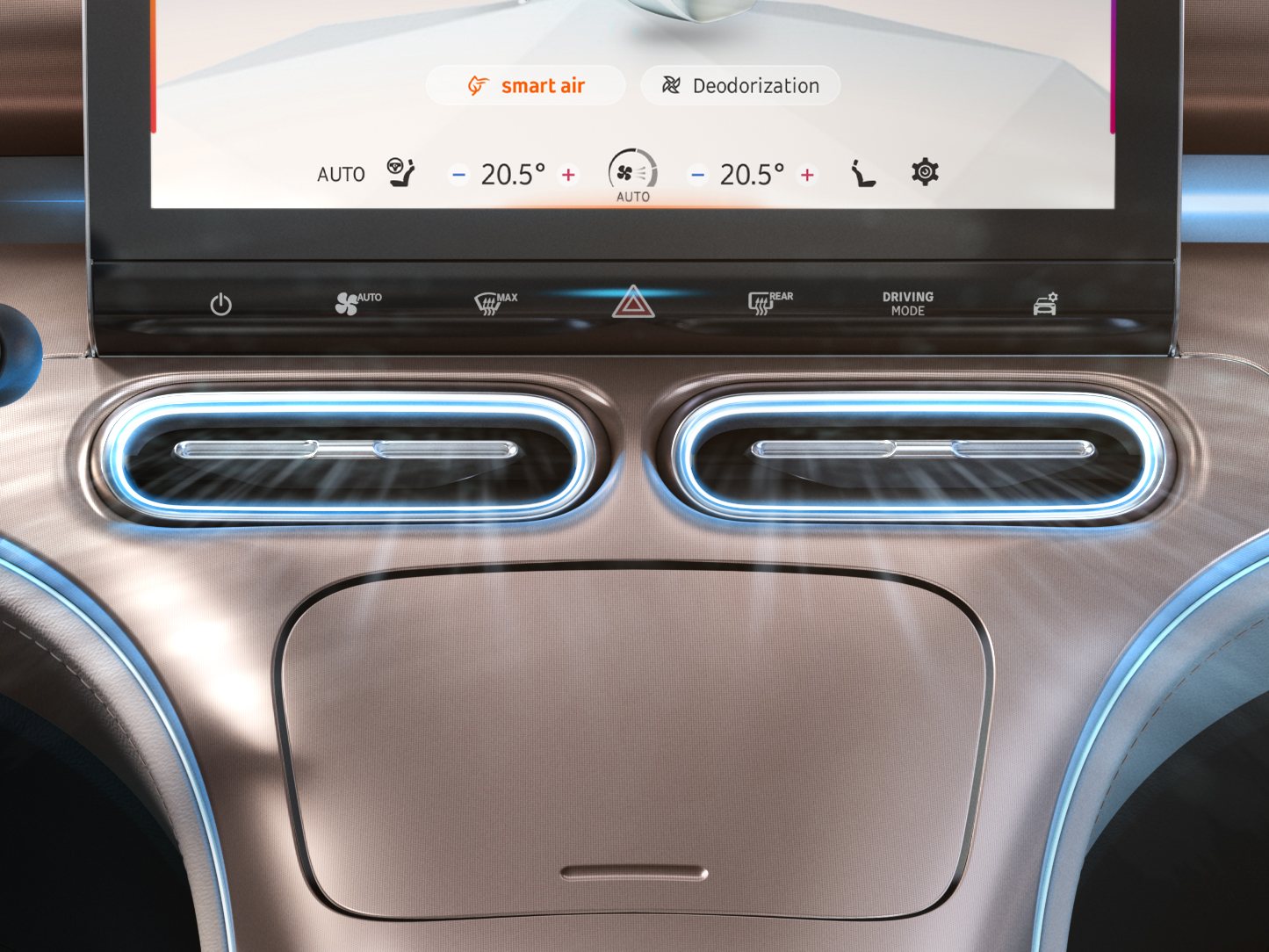
Both versions come equipped with a full suite of ADAS features, including adaptive cruise control and lane-keeping assist, ensuring a safer drive for urban commuters.
On the performance front, the Brabus variant is a standout with its dual motors delivering an impressive 315kW, allowing it to accelerate from 0kmh to 100kmh in merely 3.9 seconds.
On the other hand, the Pro+ variant, with 200kW, achieves a 6.7-second century sprint, providing strong performance as well.
On the other hand, the Pro+ variant, with 200kW, achieves a 6.7-second century sprint, providing strong performance as well.
Kia Carnival Hybrid
Unlike its electric counterparts that boast bags of connected technology, the Kia Carnival Hybrid uses innovation to deliver performance, efficiency and eco-friendliness.
Powered by the Smartstream 1.6L Turbo Hybrid powertrain, the multi-purpose vehicle (MPV) produces 245 PS while maintaining an efficient fuel consumption rate of 6.5 litres for every 100km.
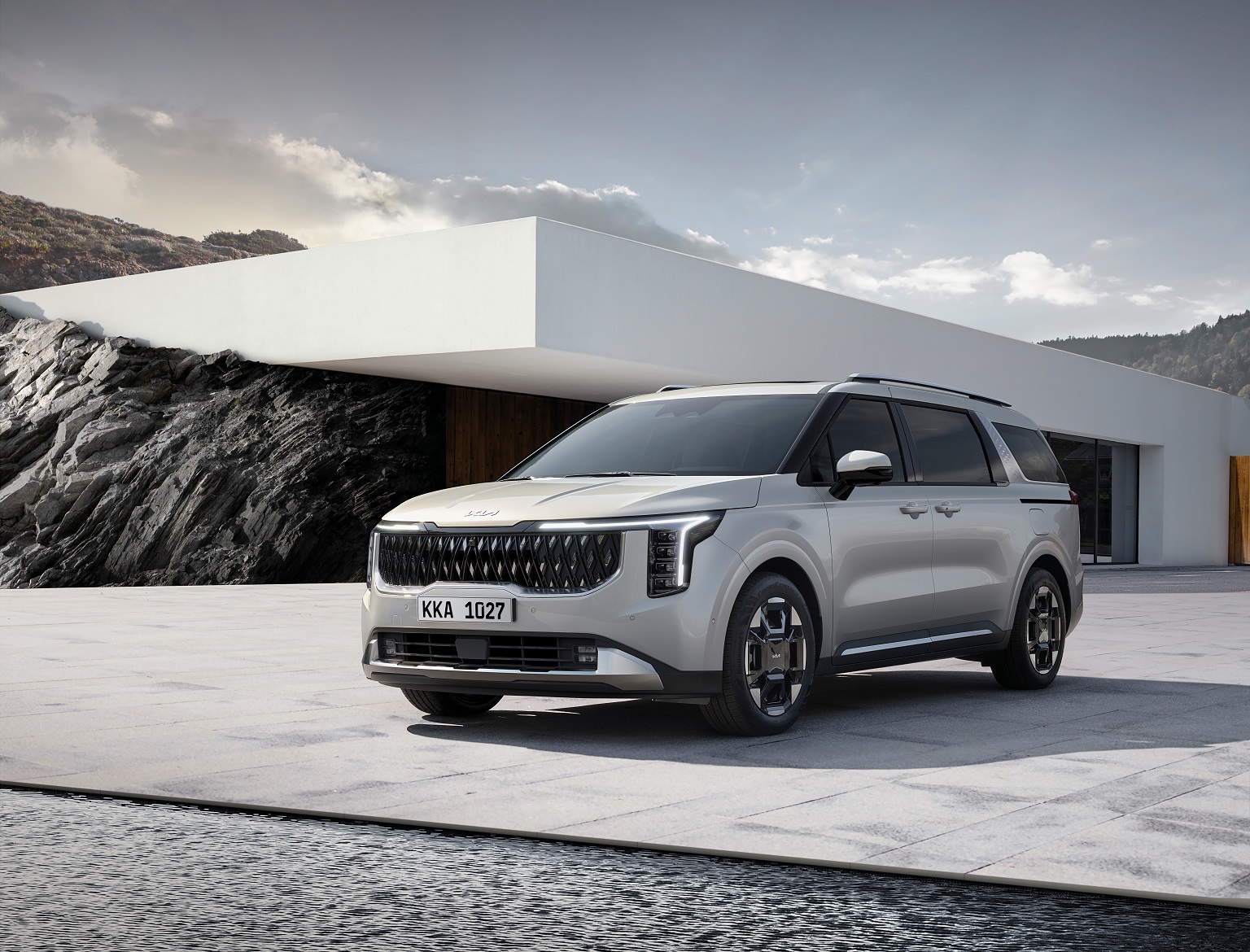
The car’s performance is further enhanced by the E-Ride system, which uses the electric motor to stabilise the vehicle over bumps, providing a smoother ride. The E-Handling feature, on the other hand, ensures better cornering by redistributing weight between the front and rear wheels, giving drivers better control during turns. These systems – rare in MPVs – combine dynamic handling with superior comfort.
To optimise aerodynamics and further improve fuel efficiency, the Carnival Hybrid features active air flaps that automatically adjust based on driving conditions, and hybrid electric vehicle-specific 19-inch rims that reduce drag.
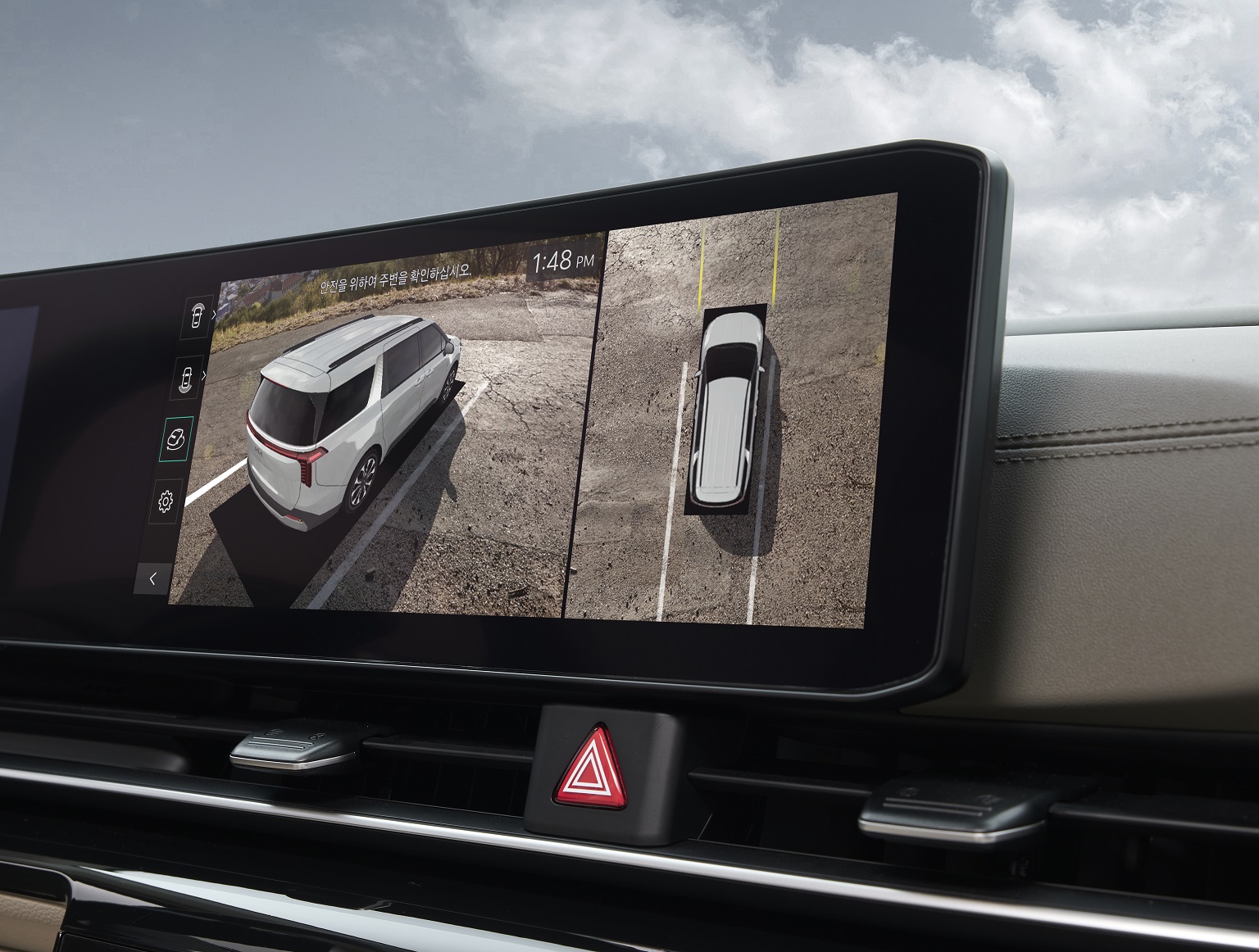
On top of its efficiency, the Carnival Hybrid incorporates over 10 ADAS features, such as forward collision-avoidance assist 2 and auto evasive steering assist.
The former detects potential collisions with vehicles, pedestrians or cyclists and automatically applies the brakes if necessary, while the latter helps the driver steer away from obstacles if braking alone is not enough to avoid an impact.
Mercedes-Benz GLB
A versatile seven-seater SUV, the Mercedes-Benz GLB 180 Progressive is powered by a 1.3-litre turbocharged in-line four engine, producing 130bhp and 230Nm of torque, making it one of the most powerful options under the Category A certificate of entitlement.
This engine is complemented by a 48-volt mild hybrid system that ensures smoother acceleration and improved fuel efficiency. The system’s 10kW power boost during acceleration and when the vehicle is coasting makes it an eco-friendly choice among compact SUVs.
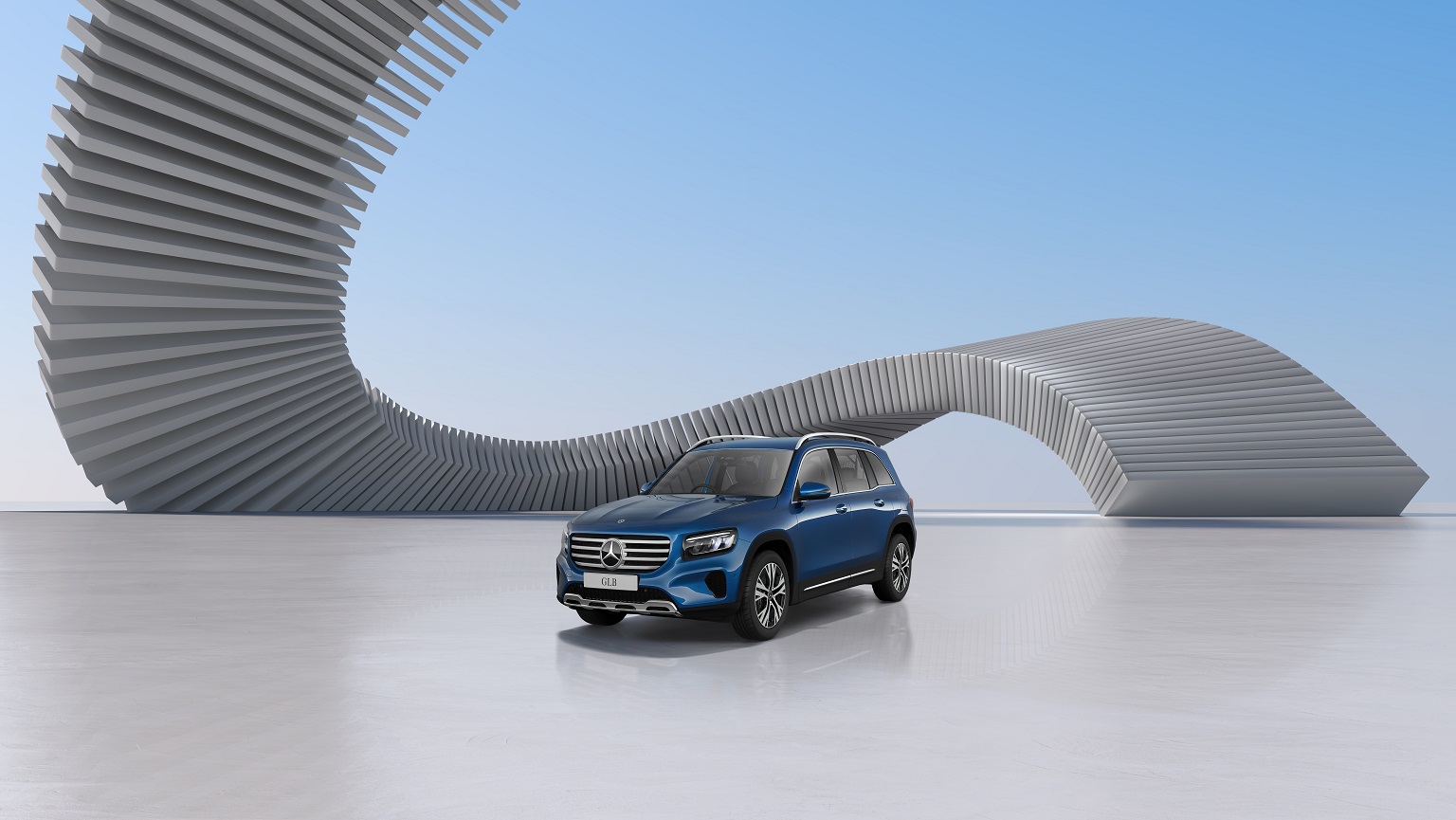
Inside, the second-generation MBUX infotainment system features dual 10.25-inch displays for the instrument cluster and multimedia, offering faster, more intuitive interactions. Drivers enjoy wireless Apple CarPlay and Android Auto, along with the MBUX Voice Assistant, which integrates with the Mercedes Me app.
Additionally, the voice assistant can be used for looking up locations on the navigation system or for adjusting radio and media volume.
Safety is a priority, with advanced features like Active Parking Assist with Parktronic, which helps drivers manoeuvre into parking spots with automated steering guidance. Together, these tech features set the GLB 180 Progressive apart from other luxury SUVs in the market.
The Car Expo will be held on Oct 5 and 6, at Singapore Expo Halls 3 and 4 from 10am to 8pm. Click here for the floorplan of the show. Read more about the latest cars and special deals at the The Car Expo here.

